WHY SOLAR ENERGY?
- Make a good investment
- Reduce your electricity bills
- Sell electricity back to the grid
- Be energy efficient
- Cut your carbon footprint
- Be clean and green
CONTINUOUS, RELIABLE AND AFFORDABLE.

How Photovoltaic (PV) Cells Work
Have you wondered how solar PV cells work? PV cells are panels we attach to your roof or walls. Each cell is made from one or two layers of semiconducting material, usually silicon. When light shines on the cell, it creates an electric field across the layers. The stronger the sunshine, the more electricity is produced. However, before installing one, be sure that your roof is in good condition. Get in touch with the residential roof services. PV cells come in a variety of shapes and colors, from grey “solar tiles” that look like roof tiles to panels and transparent cells that you can use on conservatories and glass.
The strength of a PV cell is measured in kilowatt peak (kWp). That’s the amount of energy the cell generates in full sunlight.
How an Inverter Works today
Inverters convert DC, generated in the solar panels, into AC. Synchronized with the supply voltage, this AC is then either fed into the circuit of the home or into the utility transmission grid.
Inverters can also assume the task of monitoring the grid. This term includes all measures required for the protection of people and devices in case of a power outage. Inverters are programmed to immediately stop operating in case of irregular grid conditions and to interrupt feeding the grid.
If you’d like to know more about solar PV or how solar PV cells work call 01444 480444 to speak to one of our solar experts or click here for our contact page.
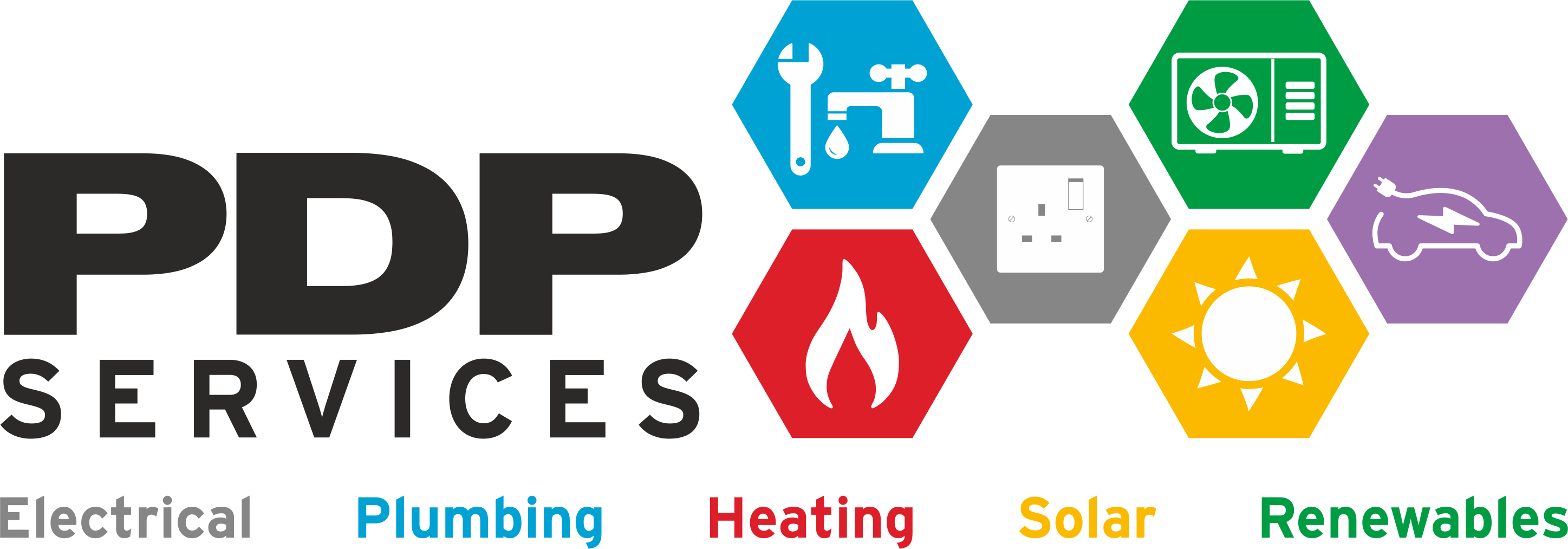
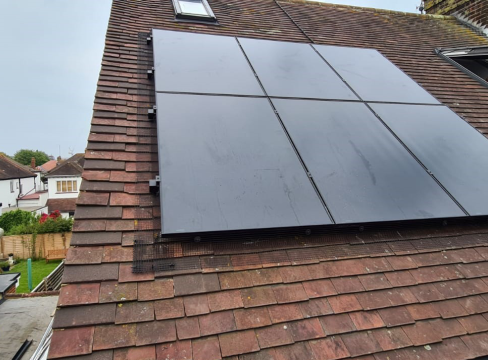 Solar PV For Your Home
Solar PV For Your Home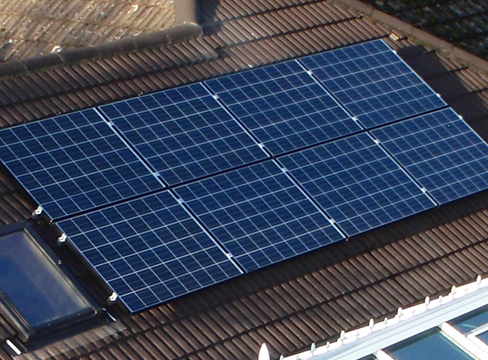 Solar Hot Water Systems
Solar Hot Water Systems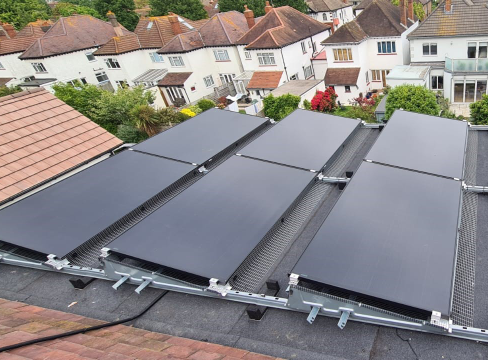 How Photovoltaic (PV) Cells Work
How Photovoltaic (PV) Cells Work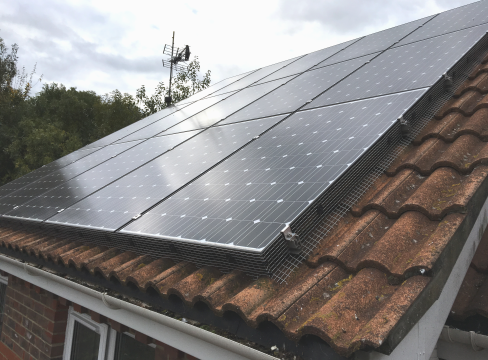 Bird Proofing
Bird Proofing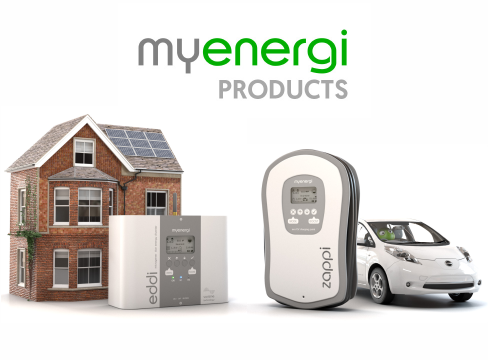 myenergi products available from PDP Services
myenergi products available from PDP Services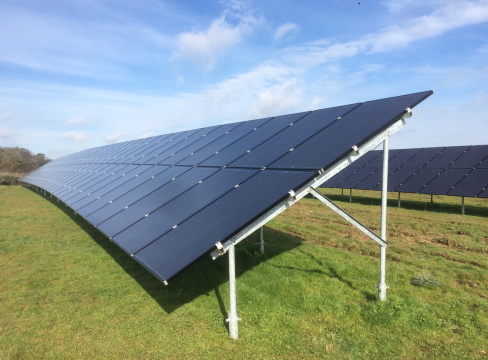 Commercial Solar PV Systems
Commercial Solar PV Systems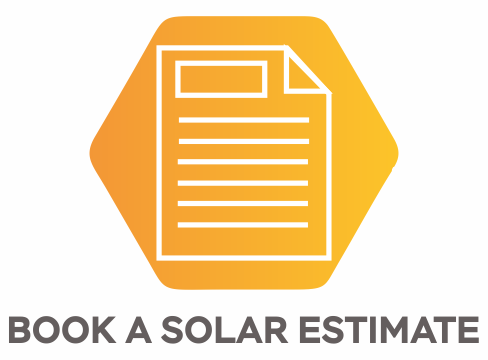 Solar Enquiry
Solar Enquiry Tesla Powerwall
Tesla Powerwall